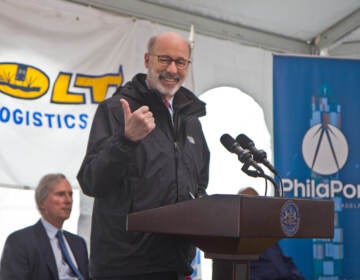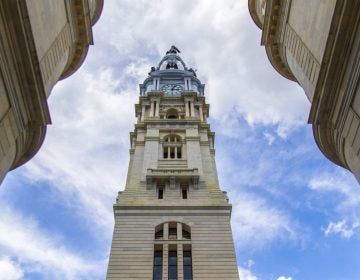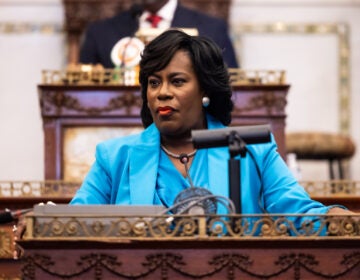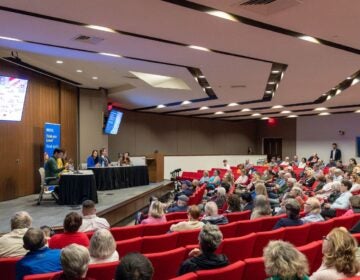Philadelphia continues push of broadband expansion to bridge ‘digital divide’
A new Executive Order by Mayor Jim Kenney aims to close the digital divide which keeps poor families in Philadelphia from accessing the internet.
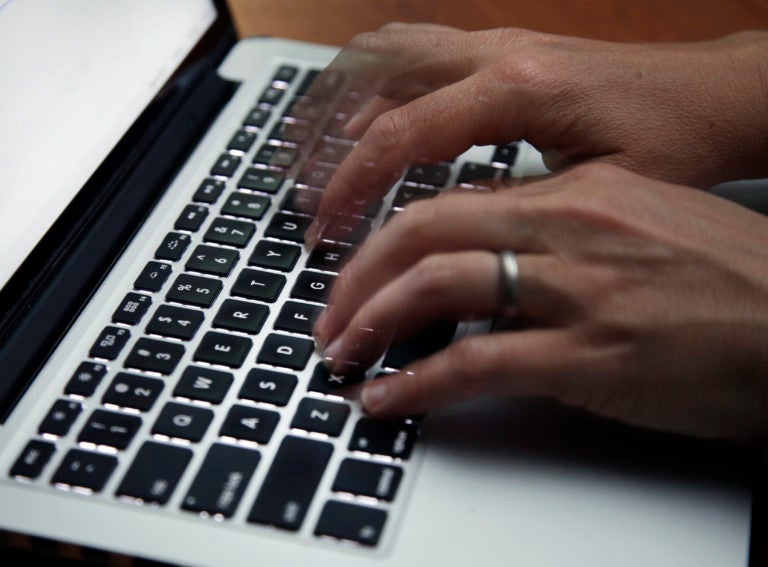
(Elise Amendola/AP Photo File)
Philadelphia Mayor Jim Kenney has signed an Executive Order calling for a narrowing of the digital divide, with a goal of broadband for every household in the city.
Currently, there are about 96,000 households in the city who do not have broadband internet access. Black and Hispanic households are less likely to have a working device than others, according to the city’s Digital Equity Plan. In some cases, people use their phones for basic web surfing, but city officials say that doesn’t do any good when you have to switch to at-home learning or working from home as has happened frequently during the COVID-19 pandemic.
Andrew Buss, Philadelphia’s deputy chief information officer for innovation management said the city has already been working hard through the pandemic to bridge the divide.
“We’ve gone from about 70% in 2019 to 84% of households in mid-2021 that have wired in-home broadband, so that’s great news, ” Buss said. “That increase in most part came from distribution of laptops and setting up broadband accounts for students and their families when school went virtual.”
The two key issues to bridge the digital divide are affordability and access. Philadelphia Chief Information Officer Mark Wheeler said there is a price point that makes the difference for families who are seeking internet access.
“In our internet household survey, we did document that subscription vulnerability does have that $19.99 a month threshold,” Wheeler said. At that point people consider dropping traditional broadband and go back to using their phones for internet access, he said.
Juliet Fink-Yates, the city’s digital inclusion fellow said it’s more than just affordable broadband, it’s computer support for those who can’t afford high repair bills. To overcome that issue, they want to create a baseline digital equity system of support across our city.
The plan, in addition to closing the gap, is to help people grow their digital skills necessary for work and life, while also having the city grow and sustain capacity and infrastructure required to increase digital equity.
Officials aren’t giving a hard number of how much of that 15% of the population they want to see with broadband at the end of the five-year period, but they do want to spend on funding crucial initiatives that support digital equity across every neighborhood in the city.
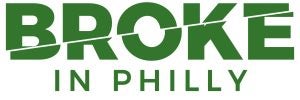 WHYY is one of over 20 news organizations producing Broke in Philly, a collaborative reporting project on solutions to poverty and the city’s push towards economic justice. Follow us at @BrokeInPhilly.
WHYY is one of over 20 news organizations producing Broke in Philly, a collaborative reporting project on solutions to poverty and the city’s push towards economic justice. Follow us at @BrokeInPhilly. 
Show your support for local public media
WHYY is your source for fact-based, in-depth journalism and information. As a nonprofit organization, we rely on financial support from readers like you. Please give today.



